Toyota has started testing a fleet of hydrogen fuelled Hilux pick-ups, as part of its multi-path strategy towards carbon neutrality.
Ten fuel cell Hilux prototypes have been built at TMUK’s Burnaston facility in Derbyshire. Five vehicles are undergoing rigorous field testing to assess safety, performance, functionality and durability, generating test drive data in real-world situations.
A further five vehicles are engaged in customer and media demonstrations, including at the forthcoming Olympic and Paralympic Games Paris 2024.
The fuel cell Hilux has an expected driving range of up to 373 miles – further than might be achieved using a battery electric system. A higher payload and towing capability can also be achieved, compared to other zero emission alternatives.
Hydrogen is stored in three high-pressure fuel tanks, each containing 2.6Kg to give a total capacity of 7.8Kg. The tanks are mounted within the vehicle’s ladder frame chassis. The polymer electrolyte fuel cell stack contains 330 cells and is mounted above the front axle.
The fuel cell Hilux is rear-wheel drive, via an e-motor on the rear axle delivering a maximum 182PS and 300Nm of torque. When the vehicle is driven, the fuel cell produces no tailpipe emissions, only pure water.
A lithium-ion battery stores the electricity produced on board by the fuel cell. This is located in the rear load deck, above the hydrogen tanks. This avoids any loss of cabin space.
External dimesions are unchanged from the regular Hilux model.
The 10 prototypes are now undergoing field testing alongside customer engagement activities. This will conclude the final phase of the demonstration project for the fuel cell Hilux.



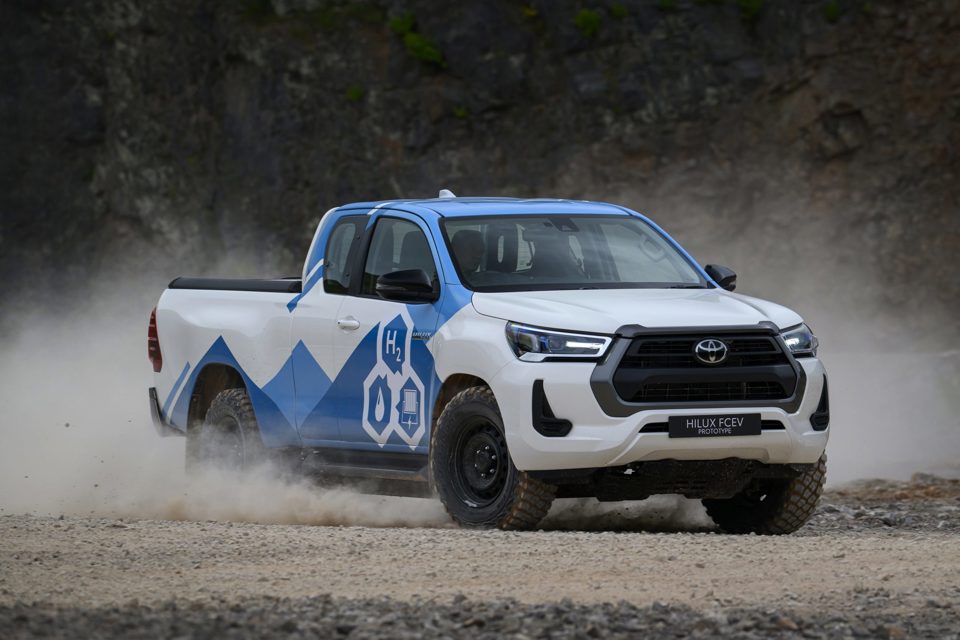




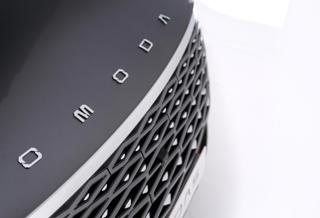
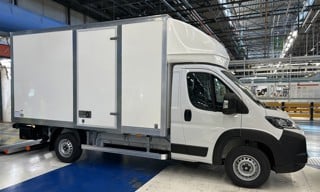
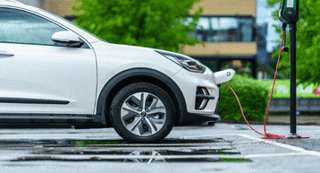
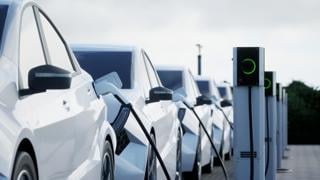












Login to comment
Comments
No comments have been made yet.